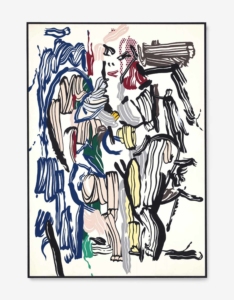
Pop Art and the Fictional Middle Class
Warhol’s trajectory as a working-class Pittsburgh boy turned commercial illustrator turned New York art world icon, we might say, primed him to be particularly attuned to the class dynamics of postwar artistic labor, and particularly able to make them visible. But in fact, I’d like to argue, these dynamics are central to the emergence of pop art in general—in a very real way, they are pop art.


